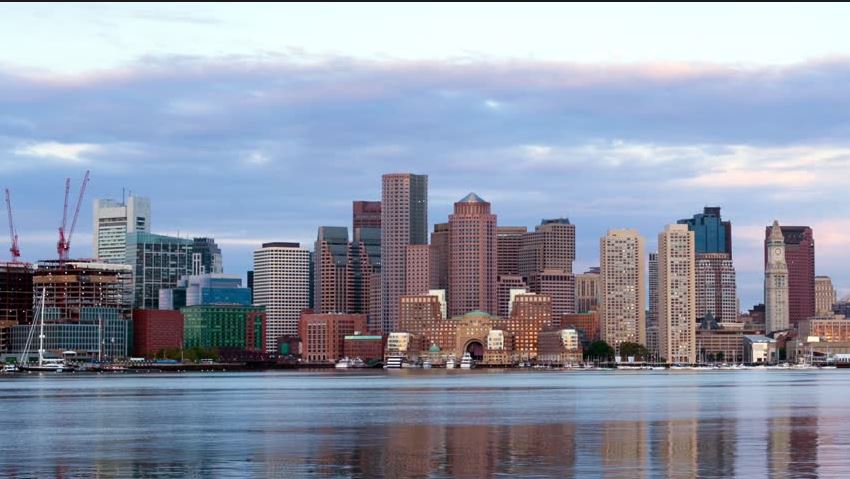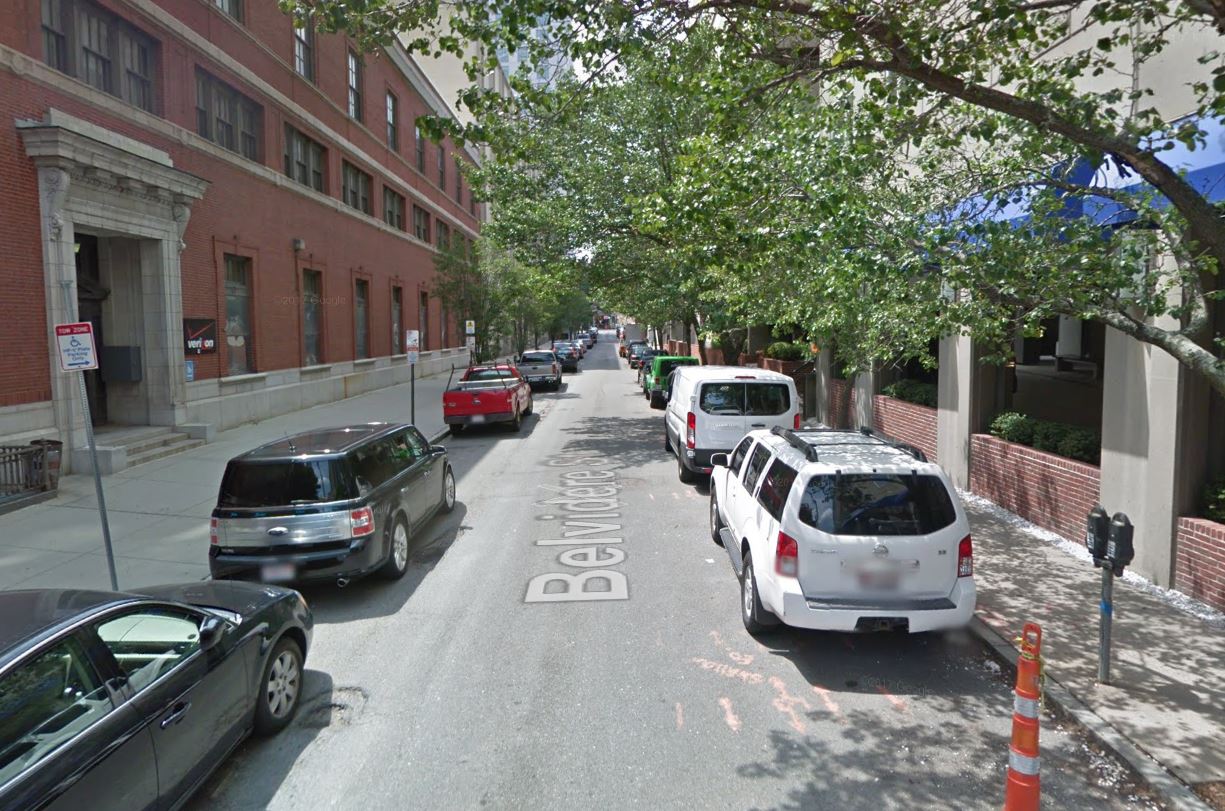
Boston’s Building Boom
There’s an interesting piece in the Times this morning detailing the building boom occurring in Boston. Before I left Boston two years ago (Whoa! How’s it been two years already??), there was already a huge amount of chatter about how the new building would impact the streetscape and the neighborhoods that the buildings were going into. Much as today, the building was happening in large part in a few concentrated areas. The part of the city being built up most dramatically, then and now, is the Seaport District, southeast of the central business district (if you’ve been to the Convention Center, the Harpoon Brewery, or the ICA, you’ve been to the neighborhood). For a long time, this area mostly industrial, meaning that the “building” conversation was a relatively easy one. No one was being displaced for the most part, there weren’t many public amenities going under the knife and, aside from the southern part of the district bordering Southie, there wasn’t much of a local residential community to put up a fight in anticipation of gentrification or other ills associated with the high-income folks the new buildings were designed to attract. The area doesn’t have great access to public transit, but many expect that when corporate giant GE moves in that will change.
Even so, before I left there were buildings being proposed and built in more established neighborhoods. In Back Bay adjacent to the Christian Science Plaza, for instance, a complex of buildings that will each be among the tallest in the city had been proposed and was well underway. What makes Boston, and particularly the old, downtown districts of Boston, unique are how old the streets are. These streets, designed long before the advent of skyscraper construction technology (to say nothing of automobiles), are really, really narrow. Here’s a shot of Belvidere Street, where a 58 story tower is currently rising:

The narrowness of these streets mean that, in a way unlike New York or even Chicago, skyscrapers can completely overwhelm the area and throw it into shadow.
That’s where we meet back up with this week’s Times article. In the article,
Many self-styled progressives have responded (and respond to similar situations around the country) in a knee-jerk way that looks an awful lot like NIMBYism. In reality, the pros and the cons of the project are significantly messier, and the project doesn’t lend itself well to easy dismissal or acceptance. The private developer, Millennium Partners, has indicated that they’ll spend $1 billion on the project and that it will be 775 feet tall, taller than any current building in the city aside from the Hancock. They’ll make boatloads of money off it. But so will the city – the land they’re looking to buy is owned by the city, and the Mayor has indicated that he’ll use the proceeds ($153 million) to improve the Common and to support affordable housing around the city. The building will no doubt attract high-income residents into an area already teeming with them – and they’ve also committed to building 100 units of housing in Chinatown, an area that is in dire need of new residential construction.
The Times does a serious disservice to the quality of the conversation when they quote one woman who supports the development project and describe her as someone who “lives just off the Common and was pushing her aging dachshund Lilly in a stroller on the way to the veterinarian.” The not-so-subtle implication here is that supporters of new development in the city have a “let them eat cake” mentality. Acting as though the decision before the state is a simple binary between selling out to developers and protecting public space misses the very real fact that Boston needs more room to house its citizens. Public space, after all, ceases to be easily accessible to the public when only the wealthy can afford the city’s rents.
These conversations and decisions are really, really difficult. Finding ways to balance the value of the city’s patrimony in the form of great public spaces and historical parks against the very real benefits of economic development and increased residential housing in the face of rising rents is no easy task. What’s more, as the city and the region pivot toward fighting climate change and reducing car dependency, building tall, dense buildings like these will become increasingly important (I hope you read that article in New York Magazine the other day). In the case of the current proposal, it seems that the benefits of the development do outweigh the costs. Because the city owns the land that the developers want, they’re able to extract serious concessions in return for approving the transaction. But, as the Times piece points out, there are more than 100 different development proposals on the table right now, and granting concessions to this one may well open a legal floodgate. How does the city think through not only the costs and the benefits of this project, but also the cost of any precedent they may be setting. At the end of the day, one simple fact reigns: there’s no right answer here. Building and not building will both have negative impacts. It’s the city’s (and the press’) responsibility to articulate the trade-offs and to refrain from reducing the conversation to a single good vs bad, developer vs community, wealthy vs low income narrative.
I think Boston needs to tread very lightly here. Much of Boston’s economy is tied to the tourism that these historic sites house, and much of Boston’s identity is tied to these fantastic public spaces as well. The old, narrow streets of the city amplify the impact of these tall towers on the feel of the street. It’s also likely that, thanks to the fact that much of the city’s recent building boom has been concentrated in areas where its had relatively little impact on existing communities, the city has gotten too-used to approving any project that comes along. It’s also incumbent on spectators like myself to not automatically reject any opposition to new development as misguided, uninformed NIMBYism. Boston has done the easy building, and most of the centrally located areas with room for development without disruption have been used up. Now come the tough conversations about real benefits and real costs – here’s hoping the city is up to the challenge.